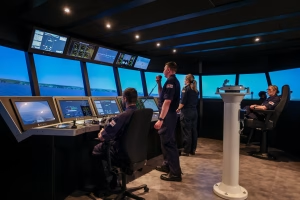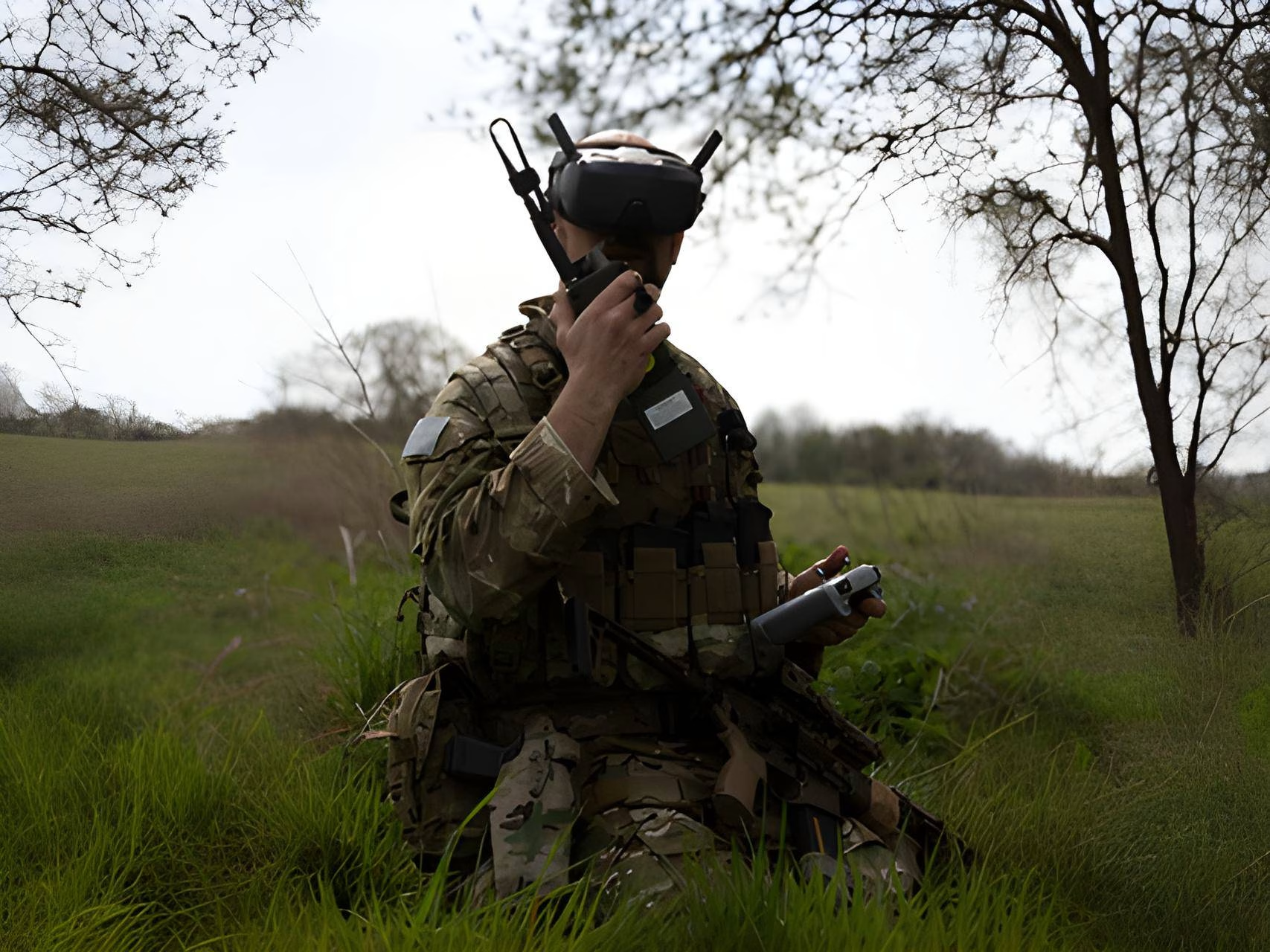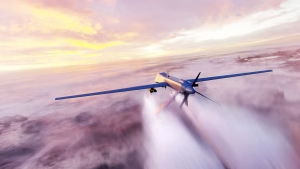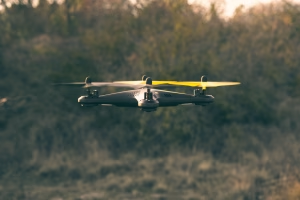
How Scenario-Based Training Builds Real Operational Readiness
We explore why scenario-based training delivers superior results for operational roles and how immersive VR technology is removing those barriers.
In just a few short years, uncrewed aerial vehicles (UAVs) have gone from fringe technology to frontline necessity – transforming operations across defence, humanitarian response, energy, and logistics.
The pressure is now on to produce more pilots faster, smarter, and safer. Which means one thing: drone pilot training must evolve to match the pace.

Real-world training has its limits. It’s costly, difficult to scale, higher-risk and access to aircraft and airspace isn’t always readily available.
All of which is a hindrance to today’s pilots, who need a way to build skill quickly, safely, and in real-world accurate environments.
You may be able to set up a close approximation of a subversive operation behind enemy lines, for instance, but you can’t accurately emulate every little detail.
Virtual reality (VR) can, though.
Virtual reality environments are an antidote to each of these learning barriers.
They are lower cost, scalable, customisable and perfectly suited to repeatable, scenario-based preparation.
Once inside, operators experience fully immersive, high-fidelity environments where they can:




Faster upskilling. Better decision-making. Safer, more confident operators.
Research supports the shift with learners retaining up to 75% more knowledge, training 4X faster, four times as focused and 40% more confident in their learning outcomes compared to traditional methods.
As UAVs scale in complexity – and expectations – this immersive, repeatable training is no longer a ‘nice to have’.
For defence teams preparing for multi-domain conflict scenarios, commercial operators navigating regulated airspace, or humanitarian pilots responding to disaster-hit terrain, speed and precision are non-negotiable.
That’s why simulation-based training, powered by VR, is fast becoming the new standard for operational readiness.
To meet the evolving demands of UAV operators, we developed VirtualSky – a VR training platform tailored for defence, commercial, and humanitarian applications.
VirtualSky is fully customisable and supports different drone models, operating environments as well as mission profiles.
Teams already using VirtualSky are seeing faster deployment readiness, reduced operational risk, and smoother onboarding for new pilots – all without needing airfields, aircraft or live fly-time.
It’s also aligned with key national priorities. As highlighted in the UK’s 2025 Spending Review, immersive simulation plays a key role in preparing for conflicts and emergencies that demand speed, scale and precision.





We explore why scenario-based training delivers superior results for operational roles and how immersive VR technology is removing those barriers.

VR represents a fundamental shift in how we think about preparation for conflict. The most capable forces of the next decade will be those investing in VR training.

For small and medium-sized enterprises in the UK defence sector, the 2025 Strategic Defence Review and Spending Review is pivotal.